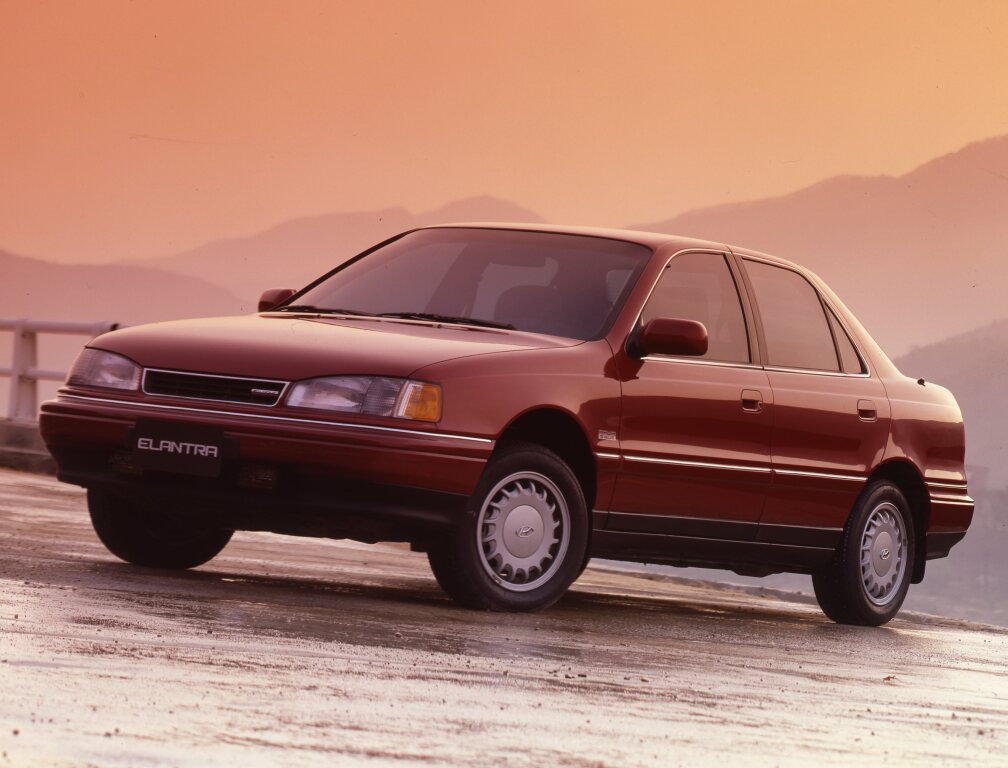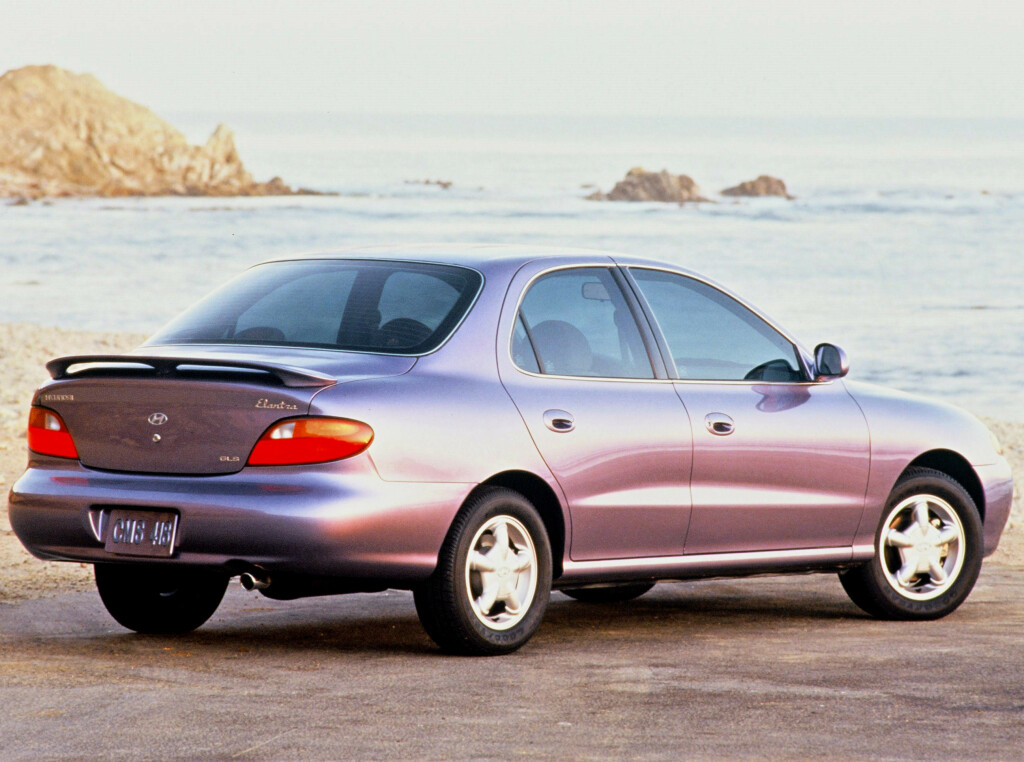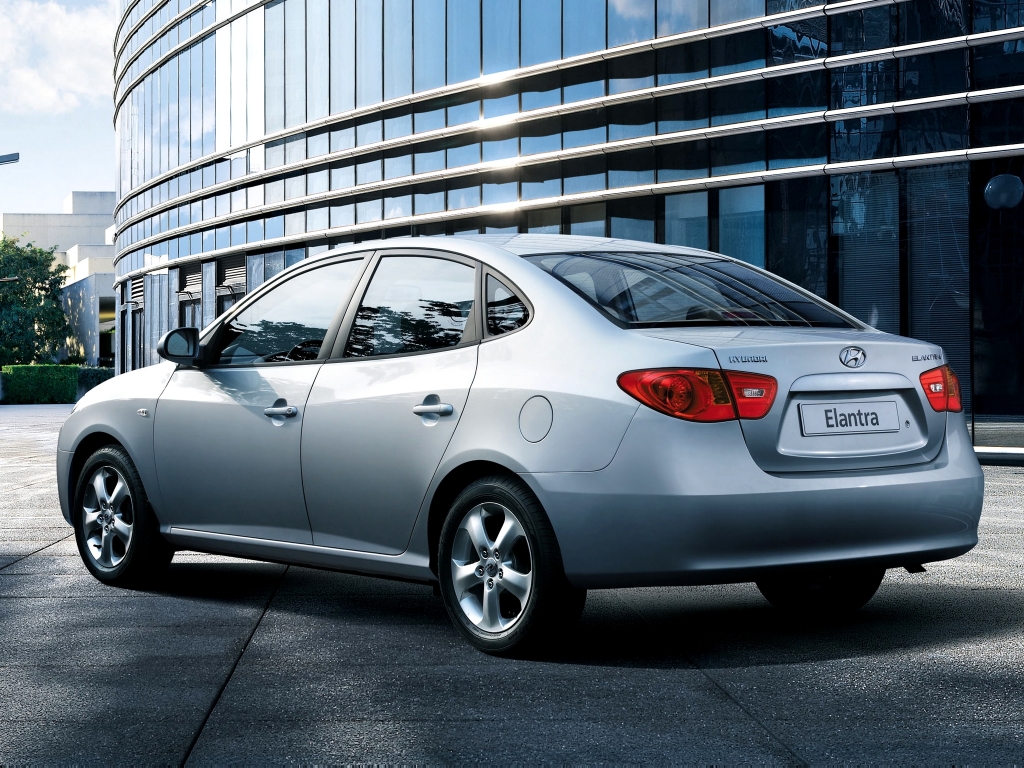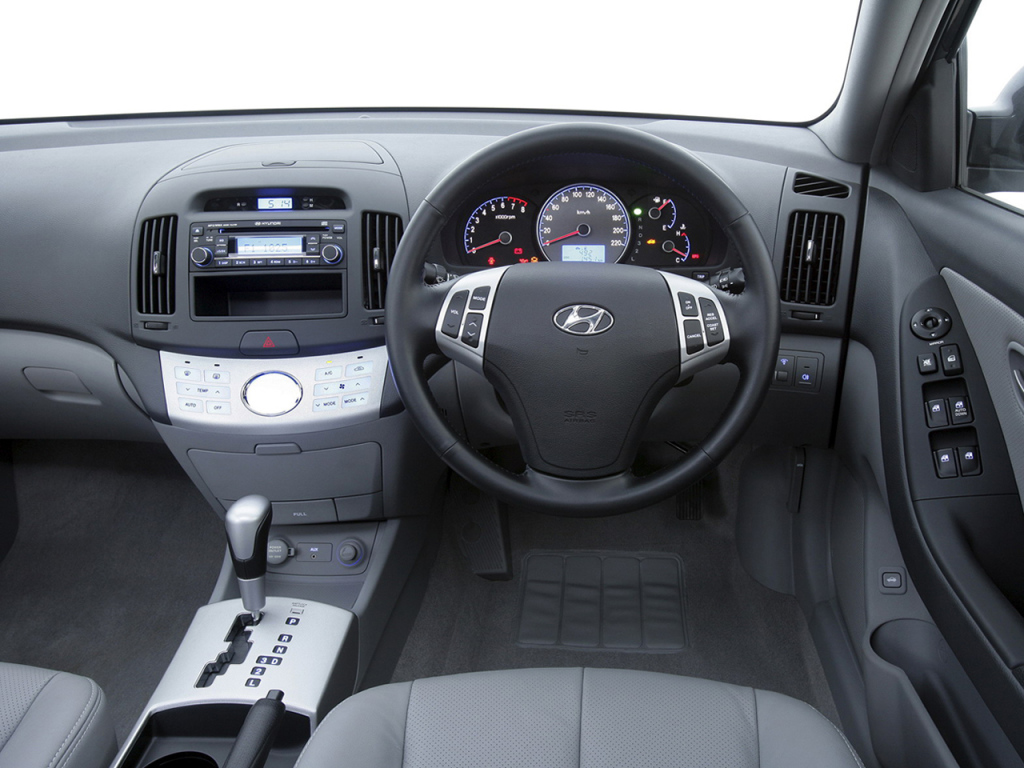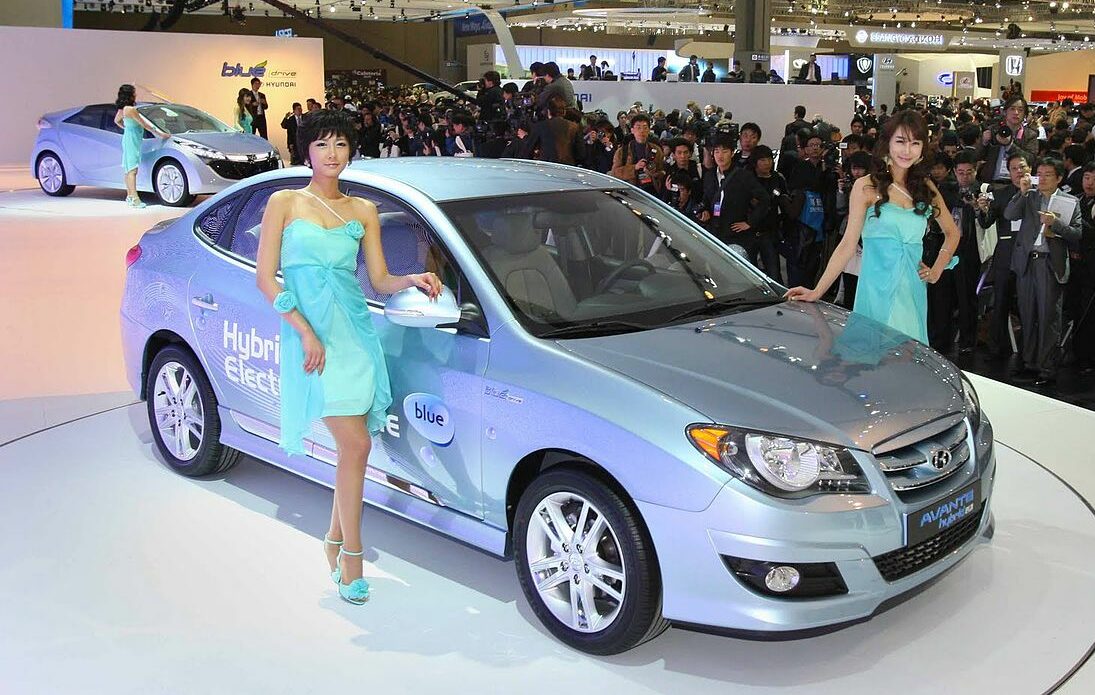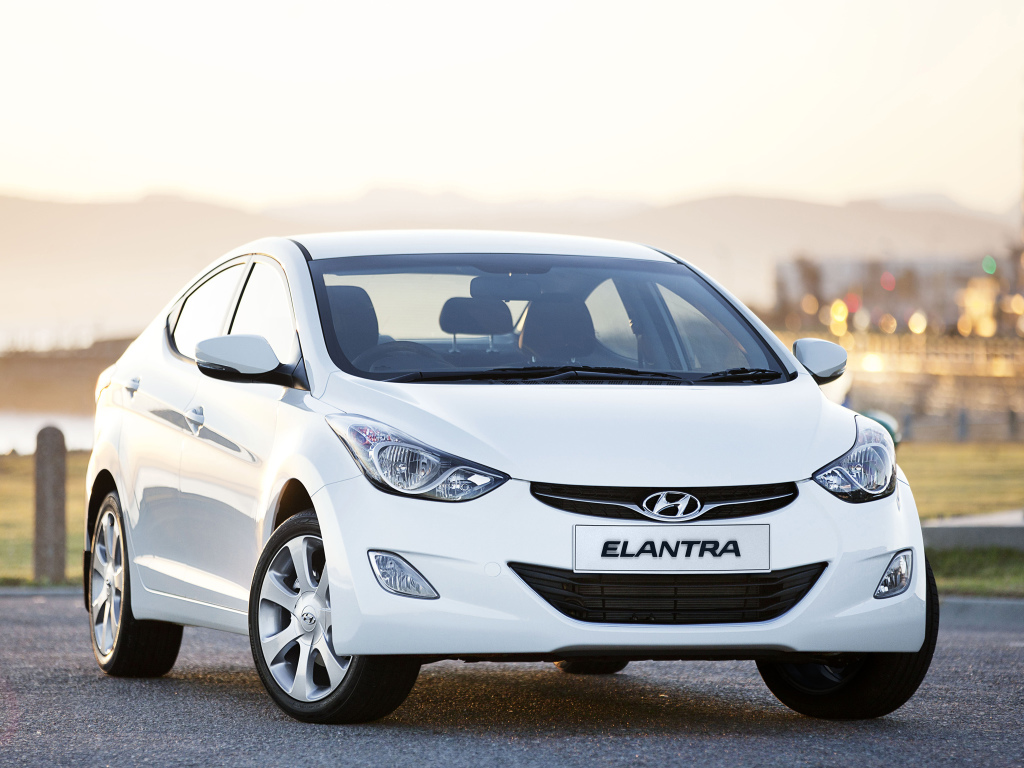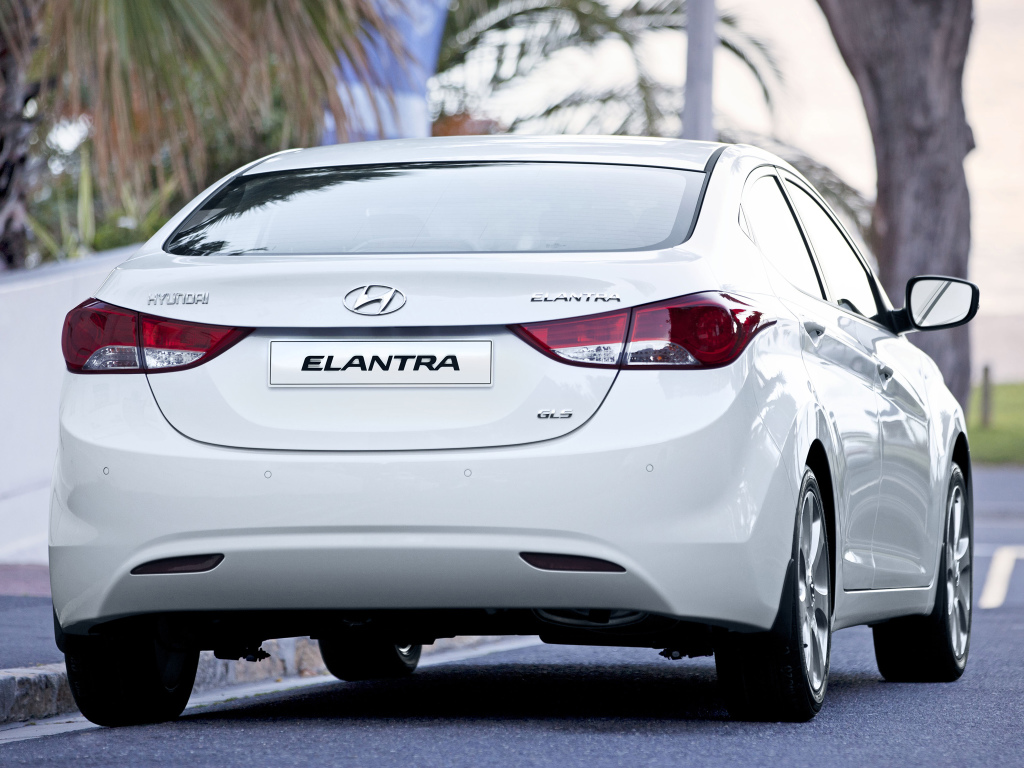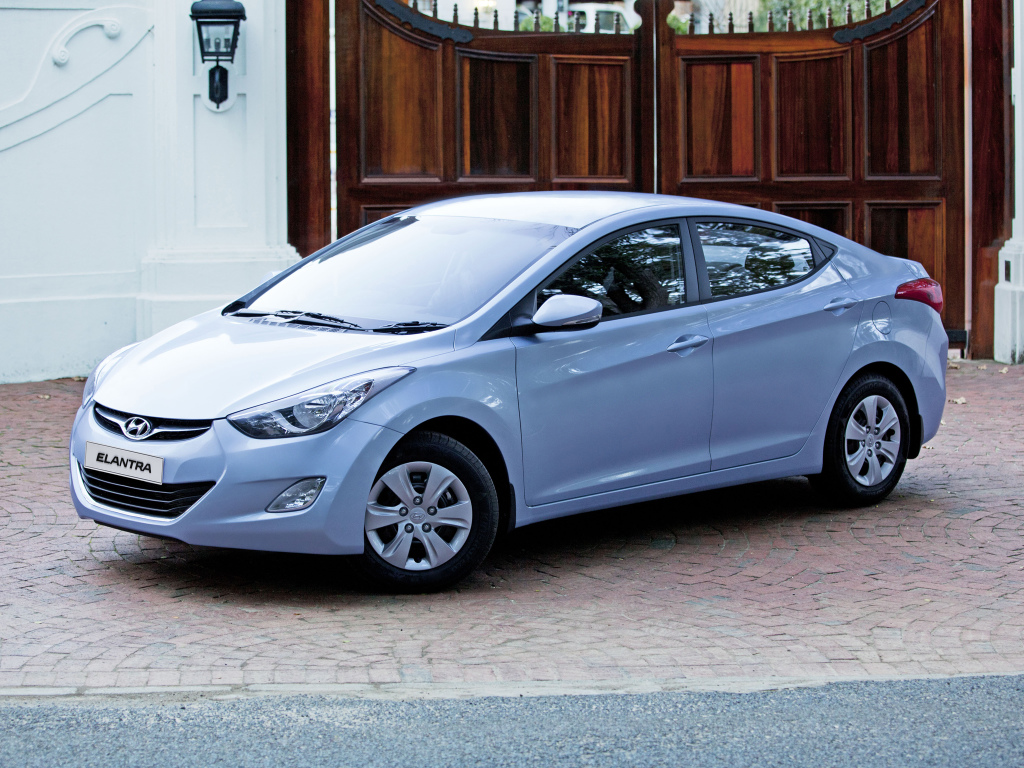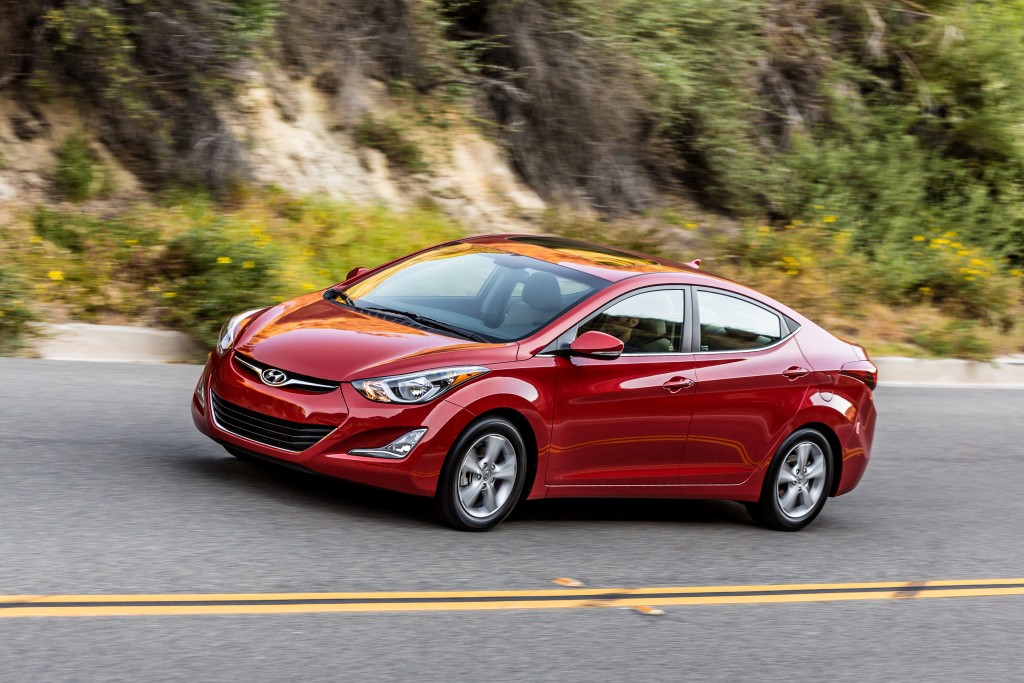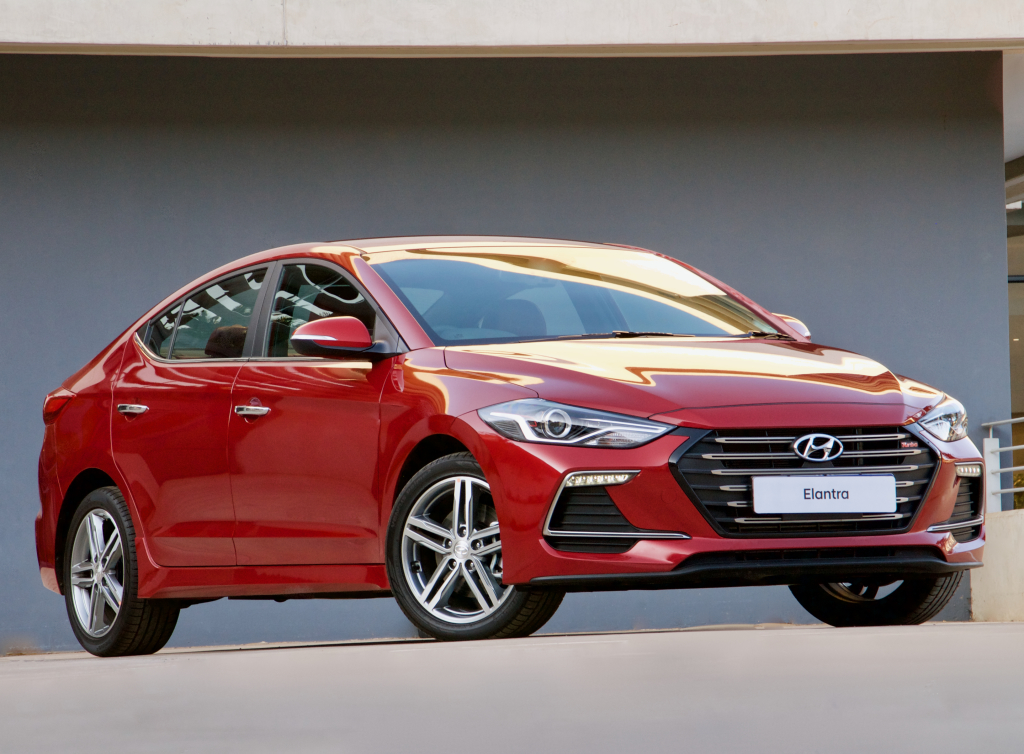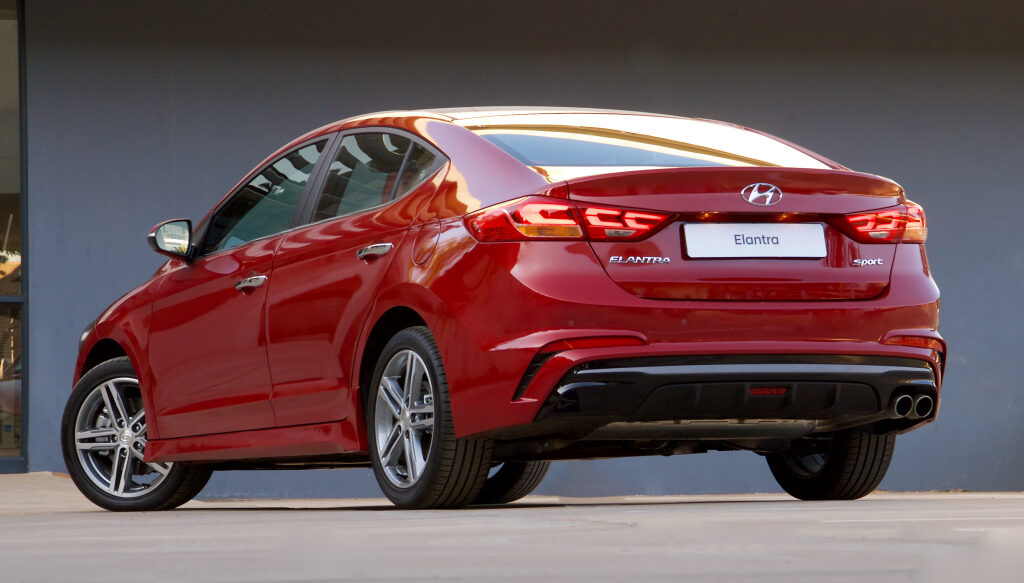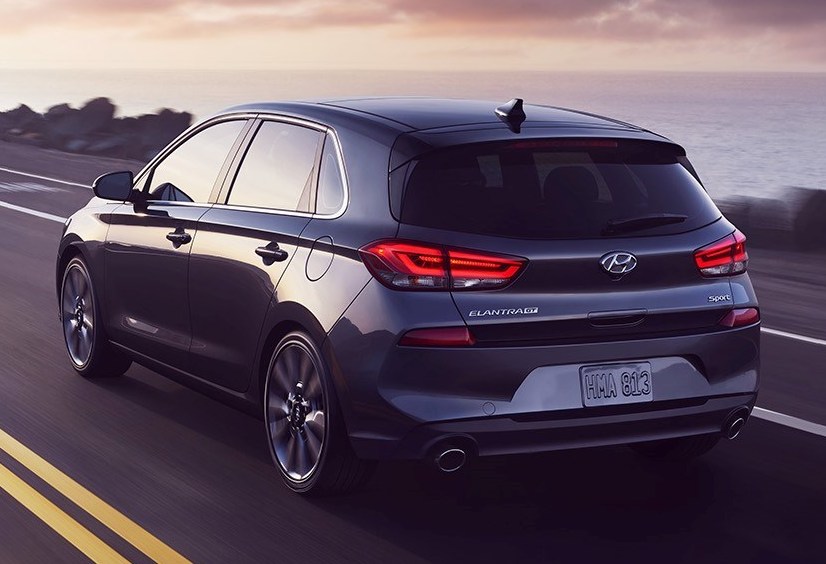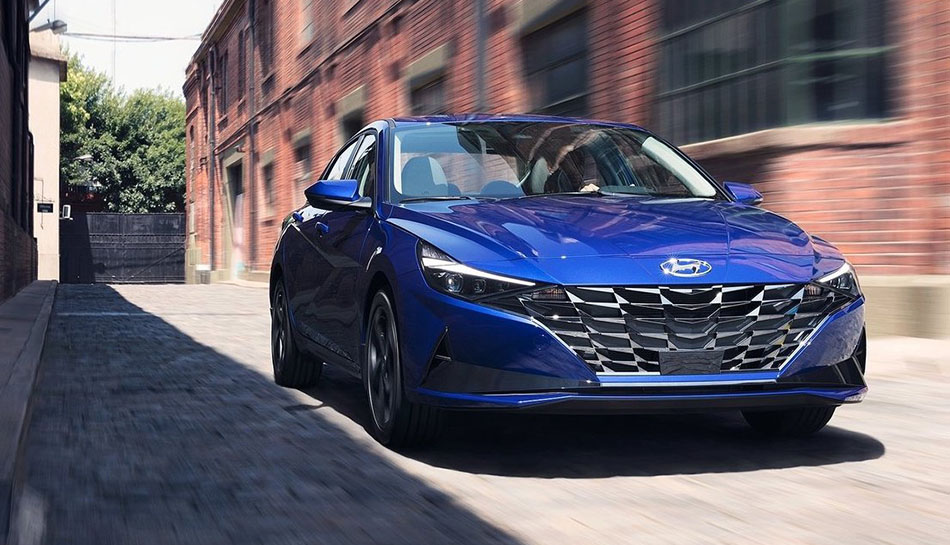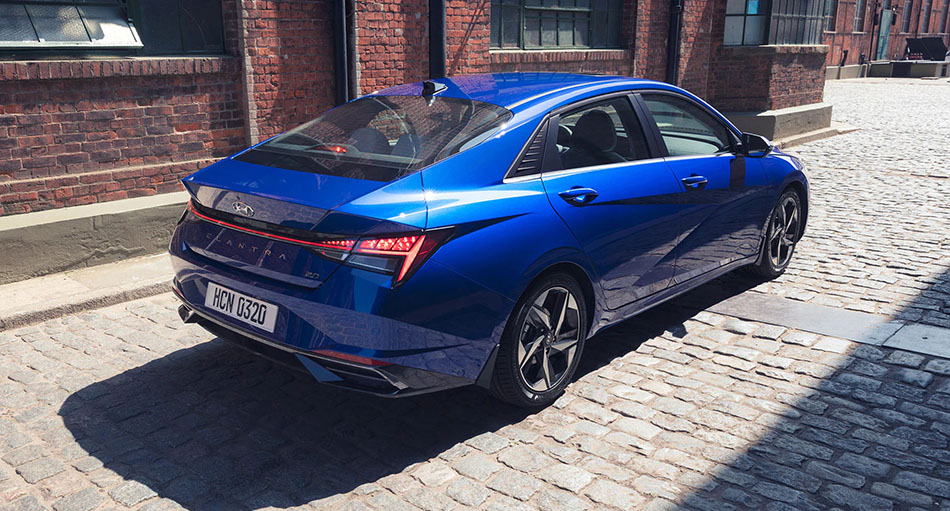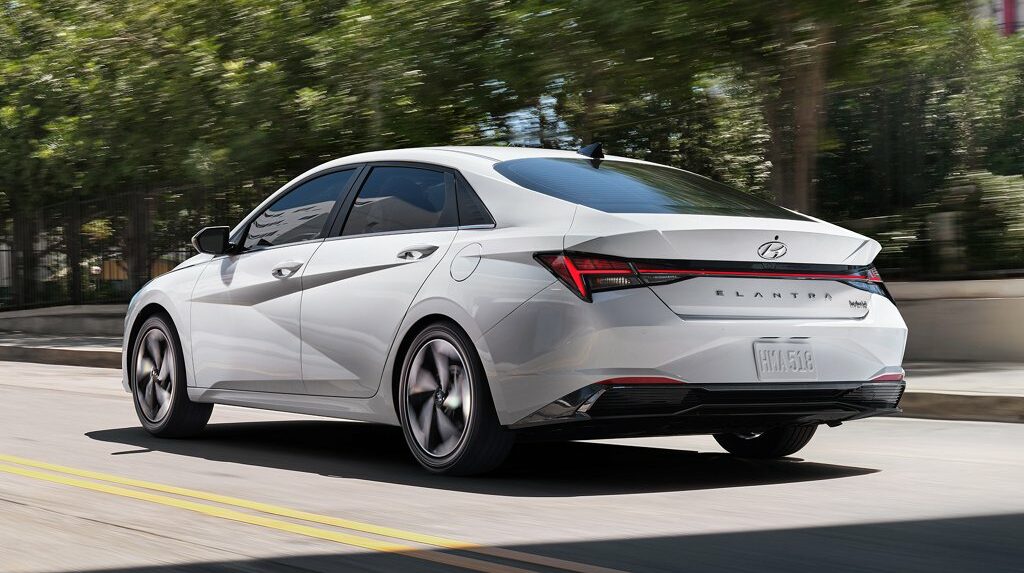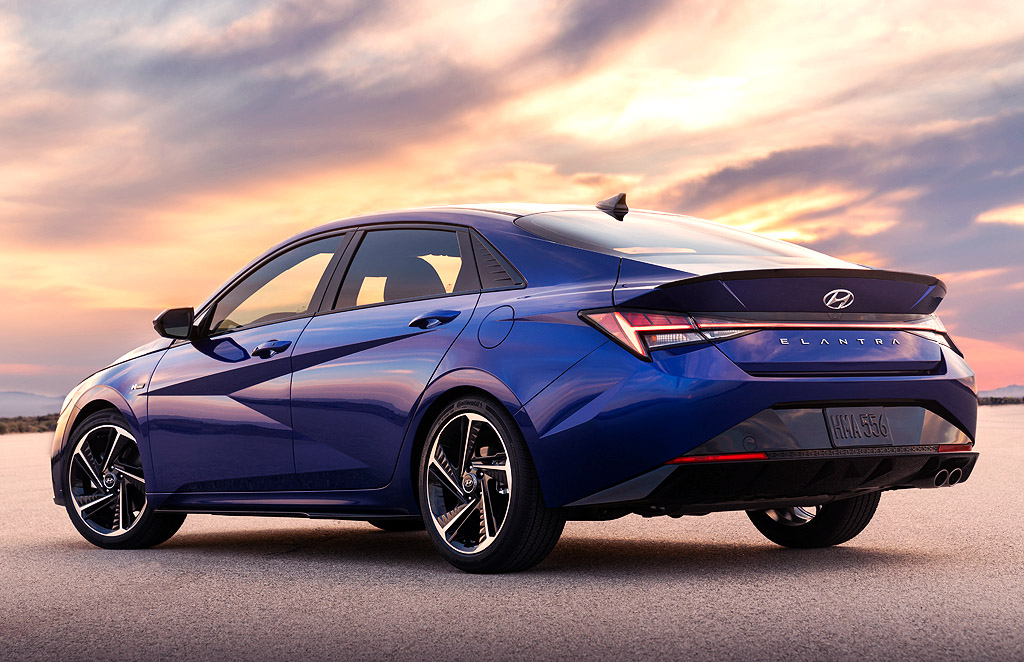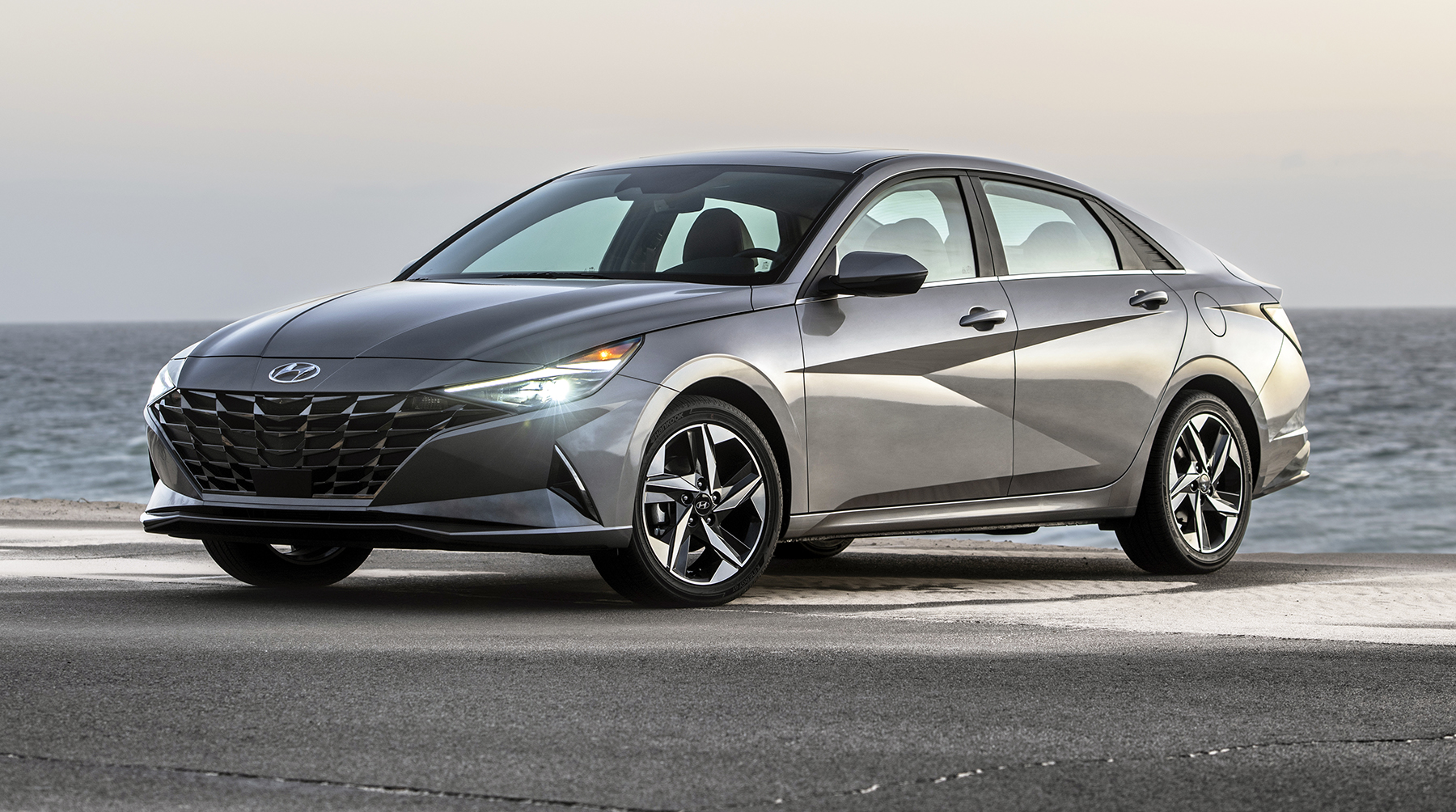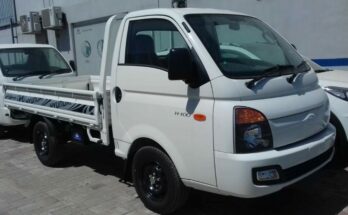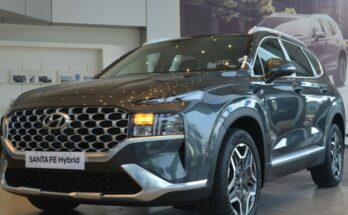Elantra is a compact car produced by the South Korean automaker Hyundai since 1990. While the Elantra nameplate is unified for almost all global markets, the car in its home market is called Avante. Being a compact C-segment sedan, the Elantra competes against the likes of Honda Civic & Toyota Corolla in international markets.
Related: 6th Gen Hyundai Elantra Launched in Pakistan
More than 30 years since the car was first introduced, the Elantra has gone through 7 generations each getting better & better from the preceding one. Hyundai-Nishat has recently introduced the 6th generation of Elantra in Pakistan, a year after the 7th gen was unveiled in the 17th of March 2020.
As the car is now being assembled in Pakistan, let us have a look at different generations of Elantra sedan that were produced since 1990.
First Generation (1990-1995)
It was October 1990 when the first-generation Hyundai Elantra made its debut. Interestingly the car was initially known as Lantra & was powered by Mitsubishi sourced engines with 1.5L and 1.8L displacements while paired to 5-speed manual & 4-speed automatic gearbox options.
The 1st gen Elantra received a facelift in 1993 and was replaced by the second-generation model in 1995, however it was available for sale in Indonesia till 1998.
Second Generation (1995-2000)
Second-gen Hyundai Elantra
The Elantra stepped into the second generation in 1995 and became available in sedan as well as in station wagon form. It was bigger than the first gen model & was offered with a variety of petrol engine options ranging from 1.5L, 1.6L, 1.8L and 2.0L depending on the market as well as 1.9L diesel engine for the first time. The engines were paired to either 5-speed manual or 4-speed automatic gearbox options.
Third Generation (2000-2006)
With this generation, the Elantra grew further in size with station wagon being dropped in favor of a liftback. Improved Alpha II and Beta II DOHC engines in similar displacements as previous generation model were available but diesel options saw new 1.5L unit added to the offerings. Transmission choices were 5-speed manual & 4-speed auto as usual.
Third gen Hyundai Elantra
During early days of Dewan era in our market, the company was on the verge of introducing this generation of Elantra in Pakistan. The dealerships were decorated with ‘Coming Soon’ banners and few units were imported for display too, but the plans for an actual launch was shelved for some reasons. You may still come across a rare 3rd gen Elantra running on our roads today.
Fourth Generation (2006-2010)
Fourth gen Hyundai Elantra
A completely redesigned 4th gen Elantra debuted at the 2006 New York Auto show adapting a more roundish styling featuring improved & fuel-efficient Alpha II, Beta II and Gamma engines. This generation saw inclusion of CVT for the first time alongside conventional 5MT and 4AT gearbox options.
In 2009, Hyundai presented the LPI Hybrid version at the 2009 Seoul Motor Show which went on sale in its home market as Avante LPI Hybrid in July 2009. The LPI Hybrid (liquefied gadolinium injected) is said to be the world’s first (mild) hybrid electric vehicle to be powered by an internal combustion engine built to run on liquefied petroleum gas (LPG) as a fuel. Hyundai developed the technology and all key components in the LPI Hybrid, together with its local partners including the electric motor, battery and low DC/DC converter. The lithium-ion polymer batteries, which the LPI Hybrid was the first hybrid to adopt, differed from conventional lithium-ion batteries, using a more stable and fire-resistant dry polymer electrolyte from Korean company LG Chem instead of a liquid or gel.
Fifth Generation (2010-2015)
This generation debuted at the 2010 Busan International Motor Show in April 2010 & saw a massive leap forward in terms of design & technology. Getting bigger in dimensions and an increased wheelbase of 2,700mm (same as 10th gen Civic and 11th gen Corolla) the 5th gen Elantra was the first to get Hyundai’s new Nu engines alongside improve Gamma units while paired to 6-speed manual and 6-speed automatic transmission options for the first time.
Fifth gen Hyundai Elantra
From this generation onwards the Elantra truly became a globally renowned model with production facilities expanded to a number of countries including South Korea, United States, Malaysia, India, Taiwan, China, Russia and Algeria.
Fifth gen Elantra facelift
The 5th gen Elantra received a facelift in 2012 with more sharper styling along with a 2-door coupe version. The same year Hyundai also introduced a longer & wider version called Elantra Langdong specifically to be sold in Chinese markets. This version had different styling cues compared to the ones sold in other markets.

Sixth Generation (2015-2020)
The 6th gen Elantra was launched in South Korea as the Avante in September 2015. The design of this generation was changed to a more conservative appearance leaving behind the “fluidic sculpture” design that persisted across the Hyundai portfolio since 2011.
Sixth gen Hyundai Elantra
A hatchback version called Elantra GT also became available with 6th generation along with the Elantra Sport with flashier styling cues & more powerful engine under the hood.
This generation saw inclusions of new engines to the lineup including the 1.4L Kappa T-GDi, 1.6L SmartStream and 1.6L U-II CRDi diesel alongside Gamma II and Nu engines. A 7-speed DCT and CVT transmission options were available in addition to the regular 6MT & 6AT depending on the market.
In late 2018, Hyundai introduced a facelift for global markets with revised front end (the same that got introduced in Pakistan) along with updated interior and enhanced safety equipment.
In 2019 Hyundai introduced the Elantra Langdong PHEV in China, the first plug-in hybrid Elantra ever, featuring mild cosmetic differences as well. However, it was restricted to Chinese market only.
Seventh Generation (2020-Present)
The all-new 7th generation Elantra debuted in March 2020 featuring Hyundai’s latest ‘parametric dynamics’ design theme with distinctive bold polygonal creases on the sides.
Seventh gen Hyundai Elantra
With this generation the Elantra reverted back to a sportier fastback styling and while the previous generation retained the 2,700mm wheelbase, the new Elantra saw its wheelbase increased to 2,720mm while becoming considerably longer & wider than the 6th generation.
Related: History: Toyota Yaris All Generations
While the Elantra is sold under Avante nameplate in its home market, the 7th gen model in Oceania (Australia & New Zealand) is marketed as i30 sedan.
Along with improved engines & hybrid powertrain option, the 7th generation saw inclusion of Hyundai’s Smart Sense safety suite which includes Forward Collision-Avoidance Assist (FCA), Blind-Spot Collision-Avoidance Assist (BCA), Rear Cross Traffic Collision-Avoidance Assist (RCCA), Lane Keeping Assist (LKA) and Smart Cruise Control with Stop & Go (SCC).
The all-new 7th gen Elantra has already won various international automotive awards. However, since we have just embraced the now-obsolete 6th gen model, its highly unlikely that the 7th generation Elantra will be coming here any time soon.

A computer animation professional with over 23 years of industry experience having served in leading organizations, TV channels & production facilities in Pakistan. An avid car enthusiast and petrolhead with an affection to deliver quality content to help shape opinions. Formerly written for PakWheels as well as major publications including Dawn. Founder of CarSpiritPK.com


